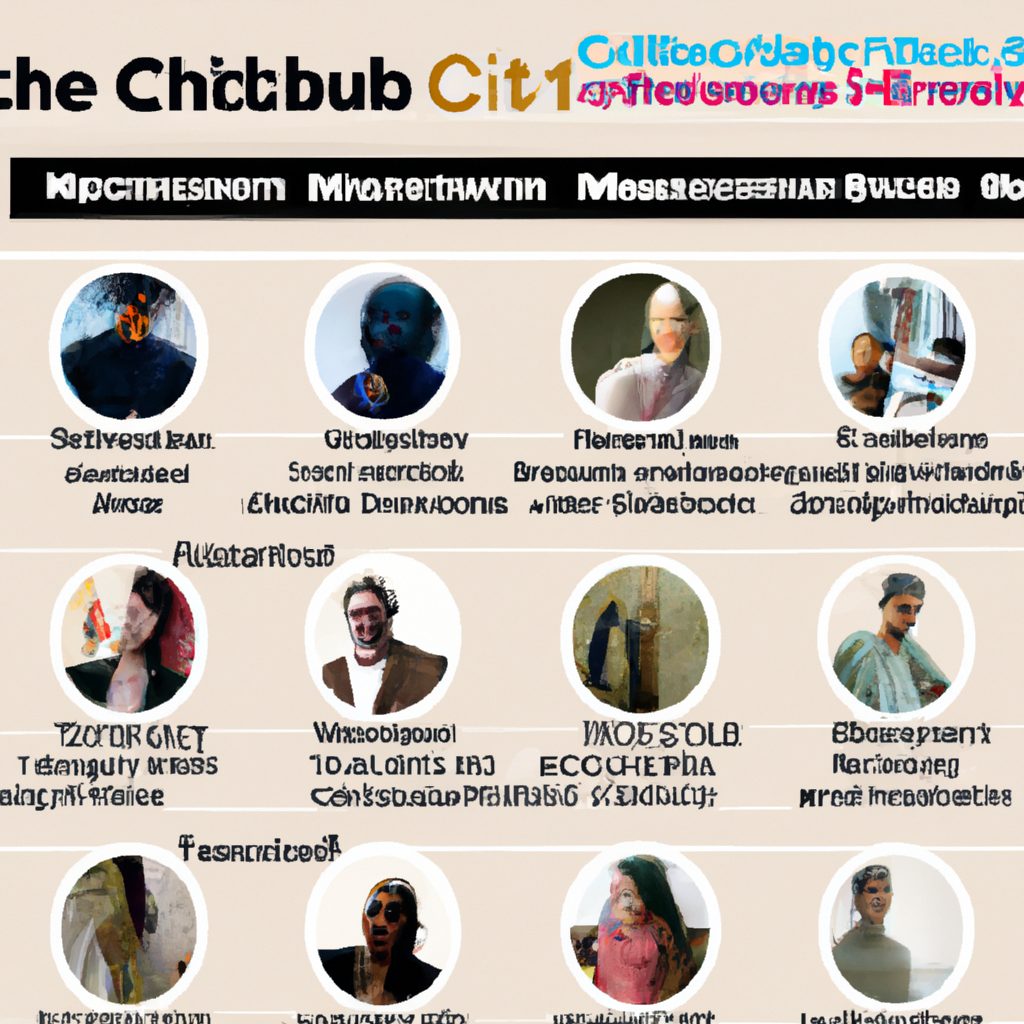
In a reflective modulation of its operating model, the esteemed Mitchell-Innes & Nash, a pivotal figure in the New York art scene, is poised to transform its Chelsea gallery space into a new conceptual ethos, advancing toward a project-based advisory approach. This development marks a significant transition from the traditional exhibition space model, heralding a new phase of engagement within the complex tapestry of contemporary art.
For nearly three decades, Mitchell-Innes & Nash has carved its niche within the art world, cementing its status as a bastion of avant-garde and contemporary art. With luminary artists such as Pope.L and Martha Rosler gracing its roster, the gallery has not only provided a platform for groundbreaking works but has also fostered a dialogue around them, pushing the boundaries of artistic expression and societal critique.
The announcement of the gallery’s closure in Chelsea does not signify an end but rather an evolution. The transition to a "project-based advisory" model signifies a shift in focus from the physical space to a more dynamic and flexible framework, which allows for deeper, more tailored engagements with art collections and exhibitions. This model acknowledges the currents pulling the art world towards more fluid, less centralized experiences, fitting seamlessly within the ethos of modern art curation and representation.
This shift comes at a pivotal moment when the art world at large grapples with the challenges of digital transformation and the global reach of art advisors and collectors seeking unique and personalized experiences. Mitchell-Innes & Nash's new trajectory promises to leverage these trends, offering bespoke advisory services that emphasize curatorial integrity and historical richness.
While the walls of Chelsea might no longer bear the gallery’s name, the legacy of Mitchell-Innes & Nash's contributions will permeate through their forthcoming projects. Their advisory role will likely continue to champion innovative artists and influence the contemporary art discourse, as they adapt to and evolve with the ever-shifting landscapes of global art practices.
The art world eagerly anticipates the fruits of this fertile transition, poised at the threshold of innovation and tradition.